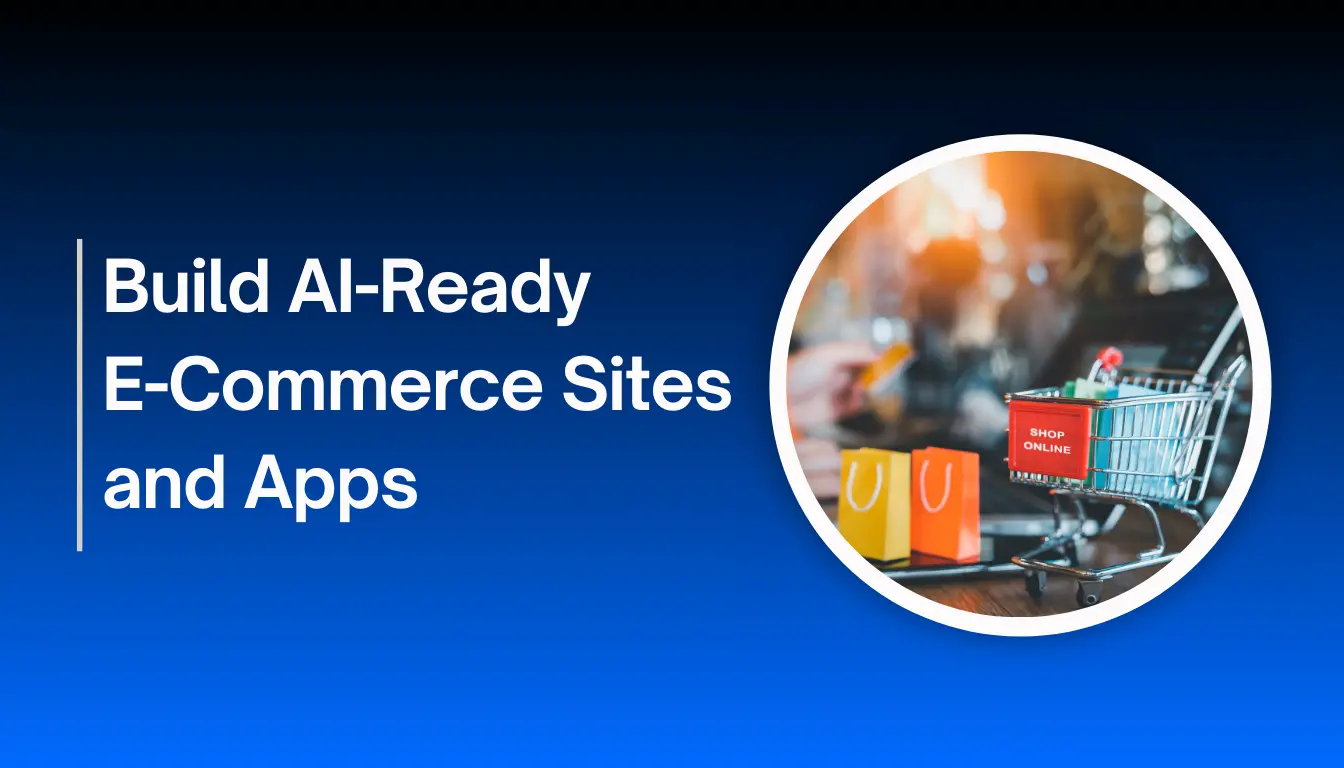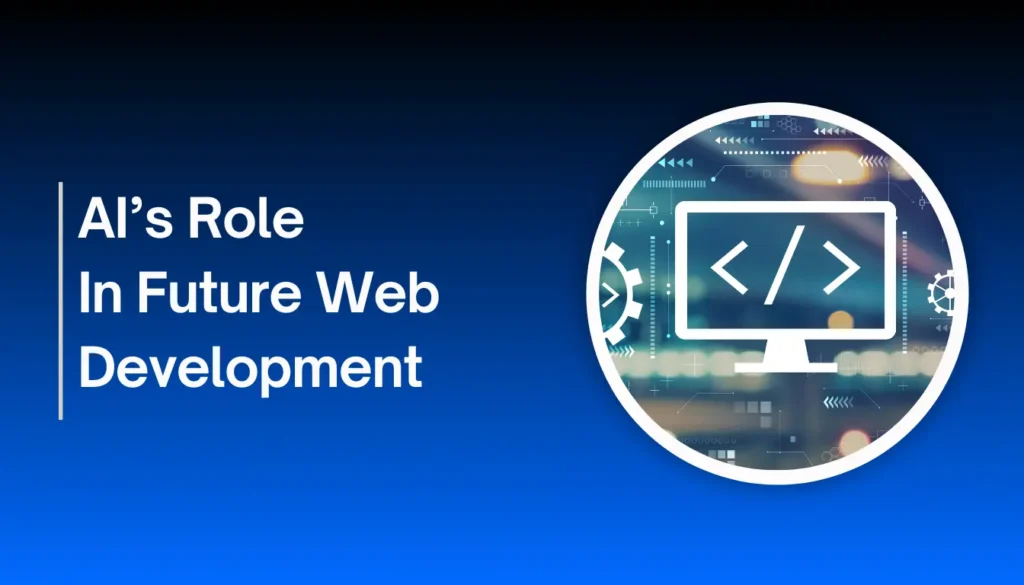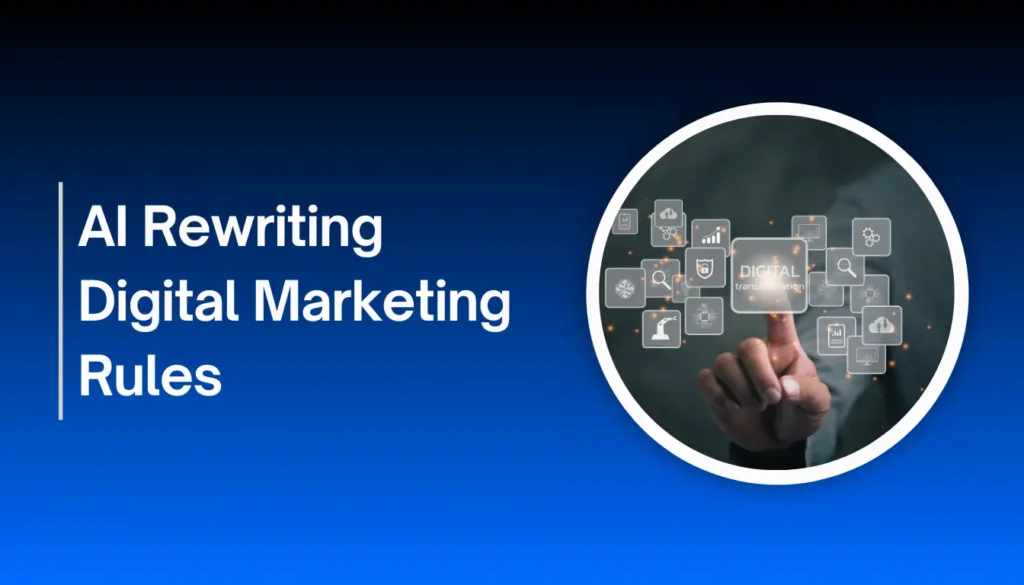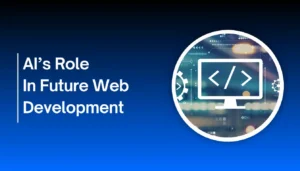Did you know that e-commerce sales are projected to reach trillions by 2025? This growth presents huge opportunities, but also demands businesses adapt to evolving technologies. One of the most significant shifts is the rise of artificial intelligence (AI). Online stores not embracing AI integration risk falling behind.
What if your website could predict customer needs, offer hyper-personalized experiences, and automate crucial tasks? This guide dives into building AI-ready e-commerce sites and apps, providing actionable steps for future-proofing your online business.
Key Strategies for AI-Ready E-commerce
Personalization and Recommendation Engines
Customers today expect personalized experiences. AI algorithms analyze browsing history, purchase patterns, and demographics to offer tailored product recommendations. Think of it like your favorite online retailer knowing exactly what you need before you even search for it.
- Gather comprehensive customer data (with consent, of course).
- Select a robust recommendation engine (in-house or third-party).
- Continuously refine algorithms based on performance metrics.
- Personalize not just product suggestions but also content and offers.
AI-Powered Search and Navigation
Poor site search frustrates users and leads to lost sales. AI-enhanced search understands natural language queries, corrects typos, and even interprets image uploads. Imagine a customer searching for “comfortable red shoes for running” and your site instantly showing relevant options.
- Invest in natural language processing (NLP) capabilities.
- Implement visual search functionality.
- Ensure search results are highly relevant and ranked effectively.
- Track search queries to identify customer needs and improve your inventory.
Intelligent Chatbots and Customer Service
Providing instant support is crucial for customer satisfaction. AI chatbots can handle common queries, guide users through the purchasing process, and even escalate complex issues to human agents. My experience shows that a well-trained chatbot can significantly reduce response times and improve customer happiness.
- Choose a chatbot platform that integrates with your existing systems.
- Train your chatbot on a comprehensive knowledge base.
- Personalize chatbot interactions based on user data.
- Offer seamless transitions to human support when needed.
Predictive Analytics for Inventory Management
Overstocking and stockouts hurt profitability. AI-driven predictive analytics forecasts demand, optimizes inventory levels, and even anticipates supply chain disruptions. I remember a time when we relied on manual forecasting – the accuracy difference with AI is night and day.
- Integrate data from sales, marketing, and operations.
- Utilize machine learning models for demand forecasting.
- Set up automated alerts for low or excess stock.
- Optimize warehouse operations based on predicted demand.
Dynamic Pricing and Promotions
AI algorithms can analyze market conditions, competitor pricing, and customer behavior to dynamically adjust prices and offer targeted promotions. This allows for maximizing profits while staying competitive.
- Monitor competitor pricing in real-time.
- Segment customers based on their willingness to pay.
- Automate price adjustments based on predefined rules and AI insights.
- Personalize promotional offers to increase conversion rates.
Common Mistakes in Building AI-Ready Platforms
Insufficient Data Quality and Quantity
AI models are only as good as the data they are trained on. Skimping on data collection or using inaccurate data leads to flawed AI functionalities.
Lack of Clear AI Strategy and Goals
Implementing AI without a defined purpose and measurable objectives is a recipe for wasted resources. Know what you want AI to achieve for your business.
Ignoring Data Privacy and Security
AI systems handle vast amounts of customer data. Neglecting privacy regulations and security measures can lead to legal issues and damage your reputation.
Poor Integration with Existing Systems
AI tools need to seamlessly integrate with your current e-commerce platform, CRM, and other systems. Compatibility issues can hinder implementation and adoption.
Underestimating the Need for Human Oversight
While AI can automate many tasks, human oversight is still crucial for monitoring performance, addressing complex issues, and ensuring ethical use of AI.
Essential Tools and Technologies
Several tools and technologies can aid in building AI-ready e-commerce sites and apps.
| Tool Category | Examples | Key Features |
|---|---|---|
| Recommendation Engines | Nosto, Optimizely, Adobe Sensei | Personalized product recommendations, content personalization, A/B testing. |
| AI Chatbots | Intercom, Zendesk, Ada | Automated customer support, lead generation, order tracking. |
| AI Search | Algolia, Lucidworks, Celebros | Natural language processing, typo tolerance, semantic search. |
| Predictive Analytics Platforms | Salesforce Einstein, Microsoft Azure Machine Learning, Google Cloud AI Platform | Demand forecasting, inventory optimization, customer churn prediction. |
Expert Insights: The Future of AI in E-commerce
“The future of successful e-commerce lies in creating truly personalized and frictionless experiences, and AI is the key enabler,” says a leading industry analyst. Another expert notes, “Businesses that proactively invest in AI integration will gain a significant competitive advantage in the coming years.” From my perspective, the ability of AI to understand and anticipate customer needs at scale is truly transformative.
Key Takeaways
- AI integration is no longer optional for e-commerce success in 2025.
- Personalization, intelligent search, and AI-powered customer service are crucial.
- High-quality data is fundamental for effective AI algorithms.
- Careful planning and strategic implementation are essential.
- Human oversight remains vital for managing AI-driven platforms.
Recommendations
To effectively navigate the evolving e-commerce landscape, prioritize building AI-ready e-commerce sites and apps. Start by identifying key areas where AI can provide the most value to your business and customers. Invest in robust data infrastructure and choose the right AI tools for your specific needs. Continuously monitor the performance of your AI systems and adapt your strategies as the technology evolves. Ready to future-proof your online store?
FAQ
What are the benefits of Building AI-ready e-commerce sites and apps?
Building AI-ready e-commerce sites and apps offers numerous benefits, including enhanced personalization, improved customer service through AI chatbots, more effective product recommendations, optimized inventory management with predictive analytics, and dynamic pricing strategies for increased profitability.
How can I start Building AI-ready e-commerce sites and apps for my business?
Starting the process of Building AI-ready e-commerce sites and apps involves assessing your current infrastructure, defining clear AI goals, identifying relevant AI tools and technologies, ensuring data quality and privacy, and planning for seamless integration with your existing systems. Consider starting with a pilot project in a specific area, such as implementing an AI-powered chatbot for customer support.
What are some key considerations for Building AI-ready e-commerce sites and apps in 2025?
Key considerations for Building AI-ready e-commerce sites and apps in 2025 include staying updated with the latest advancements in AI, prioritizing data privacy and security, ensuring seamless user experiences with AI-powered features, and continuously monitoring and refining your AI algorithms based on performance and customer feedback. Mobile optimization remains critical as well.
What kind of investment is required for Building AI-ready e-commerce sites and apps?
The investment required for Building AI-ready e-commerce sites and apps varies depending on the scale and complexity of your implementation. Costs can include software subscriptions, development fees for custom integrations, data infrastructure upgrades, and the cost of training and maintaining AI models. Start with a clear budget and focus on areas with the highest potential return on investment.




















